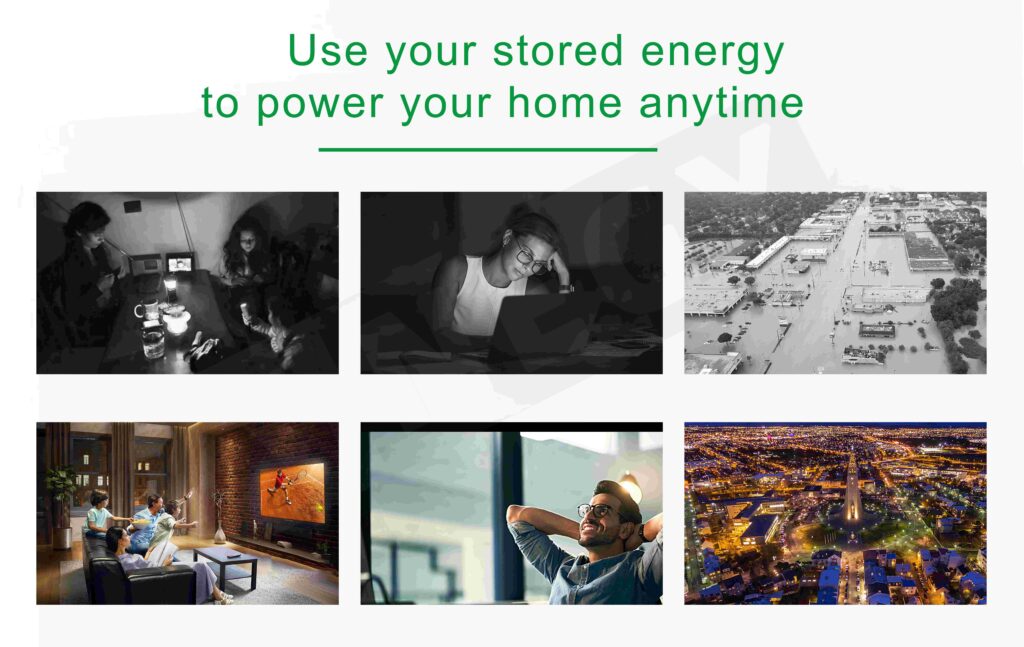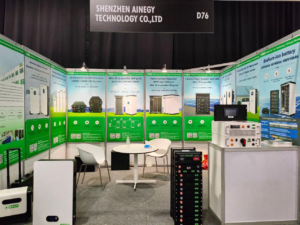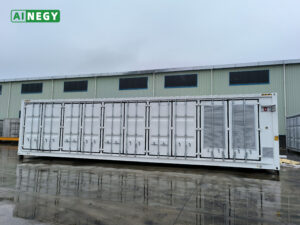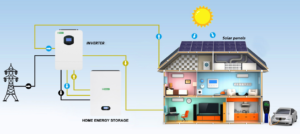For general energy storage systems, the capacity of the batteries determines the total amount of electricity that the entire energy storage system can store and release. When we select batteries, we often trouble about how much capacity to choose.
While the capacity of the battery is not the bigger the better, and especially considering that the scenarios in which everyone uses the energy storage battery are various, the factors to be considered are also very different. Therefore the answer to how much battery storage you need largely depends on the scenario you want.
In this article, we will briefly introduce various factors that need to be considered when purchasing energy storage batteries in different scenarios. There are roughly three common application scenarios for energy storage batteries(LiFePO4 battery): self-use, peak and valley electricity prices, and backup power.

Common Application Scenarios
Self-use
Due to high electricity prices or low subsidies for photovoltaic grid connection (or even no subsidies), we usually install photovoltaic energy storage systems to reduce electricity bills. In this case, we generally assume that the grid is stable, regardless of off-grid operation, and the role of the photovoltaic energy storage system is mainly to reduce the power consumption of the grid as much as possible.
Ideally, the photovoltaic + energy storage system can completely cover household electricity consumption. But it’s difficult to achieve. Therefore, we need to comprehensively consider the input cost and electricity consumption, and choose the capacity of the battery according to the average daily electricity consumption (kWh) of the household.
If the pattern of electricity consumption can be accurately collected, combined with the management settings of ESS, the utilization rate of the system can be improved as much as possible.
Peak & Valley Electricity Prices
In many regions, to alleviate the demand for electricity during peak periods, peak and valley electricity prices are usually set to ensure time-of-use electricity consumption. The structure of peak and valley electricity prices is roughly shown in the figure below. Generally, there are differences in peak and valley time intervals in different regions.
If our electricity consumption time is mainly in the peak period, and no electricity or less electricity consumption during the day (the photovoltaic energy storage system can simply cover it), we need to ensure that at least half of the electricity consumption during the peak period is powered by batteries, thereby reducing Electricity expenses.
In this case, we need to calculate the maximum required capacity of the battery based on the average power consumption during the peak period. Then determine the appropriate battery capacity within this interval according to the capacity of the photovoltaic system and the benefits of investment.
Backup Power
In areas with unstable power supply, to ensure basic power consumption or the stable operation of important loads, we usually take energy storage batteries as backup power. In this case, to determine the capacity of the battery, it is necessary to consider the power required by the battery to supply power alone off-grid (the specific power demand will vary depending on whether there is PV or not, and the illumination time).
The most important parameters are the total load power when off-grid and the estimated time of off-grid. In particular, it is necessary to list all important loads in the system, and then determine the required battery capacity according to the maximum load power and power consumption during the longest continuous power outage throughout the day.
Common misconceptions about battery capacity
1. Select battery capacity only based on load power and power consumption
For battery capacity design, the load condition is the most important reference factor. However, the charging and discharging capacity of the battery, the maximum power of the energy storage system, and the power consumption time of the load cannot be ignored.
2. Theoretical capacity and actual capacity of the battery
Usually, what is marked on the battery parameter table is the theoretical capacity of the battery, that is, the maximum electricity that the battery can discharge when the battery is from SOC100% to SOC0% under ideal conditions.
While in practical applications, to protect the life of batteries, we usually set a limit on the minimum power of the battery, and it is not allowed to discharge to SOC0%. At the same time, after a period of use, the capacity of the battery will also be depleted normally.
3. The larger the battery capacity, the better
In practical applications, battery usage should be considered. If the capacity of the photovoltaic system is small, or the power consumption of the load is small, the battery cannot be fully charged, which will cause waste.
4. The battery capacity design perfectly fits
Due to loss, the battery discharge amount is less than the battery storage capacity, and the load power consumption is less than the battery discharge amount. Ignoring the efficiency loss will likely result in insufficient battery power.







